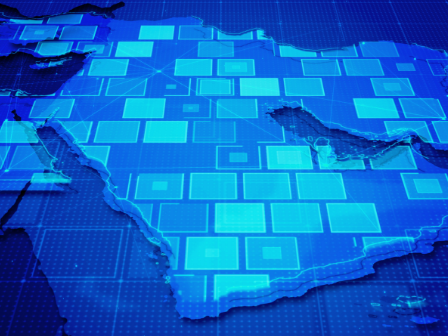Payments are set to drive innovation
Payments modernization has become a crucial component of the digital transformation trend sweeping the banking world – and there are rich rewards for the MEA region, which is not just catching up, but forging ahead.
It is easy to see why the banking industry in the region is so keen to transform this space. Payments revenue in the Middle East and Africa stood at USD$60 billion in 2020 and is forecast to reach USD$84 billion by 2025, according to recent statista.com research.
That’s a healthy compound annual growth rate of 7%, outpacing regional GDP growth estimates. But there’s a dark cloud inside the silver lining—regional banks must move quickly to capture their fair share of this market, as challengers and global banks also have their eye on the prize. Innovation is the key, as merely continuing to provide the same services is no longer a viable business strategy.
Banks are facing several challenges in providing or advancing payment services and solutions
ISO 20022 is sweeping the financial industry fast, and nowhere more so than the Middle East. Banks in the region must manage multiple ISO 20022 modernization programmes for both domestic and cross-border payments: SWIFT, GCC RTGS, BUNA and instant payments schemes like those being rolled out in various countries in the region.
Saudi Arabia is leading the way in the region, as part of its Vision 2030, with an ambitious target in the financial sector development to achieve 70% non-cash transactions by 2030. The Central Bank of the UAE has also recently announced its National Payment Systems Strategy. The first significant milestone will be the National Instant Payment Platform which will allow real-time funds transfers 24 hours a day.
While these developments proceed apace, Middle East banks are also facing the pressure of tighter liquidity and increasing competition amidst a more challenging macroeconomic backdrop.
The shift to modernizing technology is putting banks under great pressure as they attempt to evolve rapidly to support the growing needs of their clients. There is a great deal of balance required to operate day-to-day business while exploring how to leverage new, innovative developments. Legacy systems stand in the way of achieving faster, more streamlined processes.
Maintaining a competitive edge in the banking payments market
Banks in the region are increasingly recognizing that to meet these challenges, improve innovation, and satisfy client demand, they will need the right technology: advanced, flexible low-code platforms that are microservices-enabled, highly configurable, real-time and API native. Cloud technology and especially PaaS models offers banks several opportunities such as improved customer data analytics, cost reduction and enhanced flexibility and operational efficiency.
To meet today’s customer demands and regulatory mandates, financial institutions in the Middle East need to modernise their payments infrastructures and partner with innovative payment providers, co-creating a digital payments ecosystem based on newer service models. Utilizing these methods, the Middle East will achieve profound digital change.







